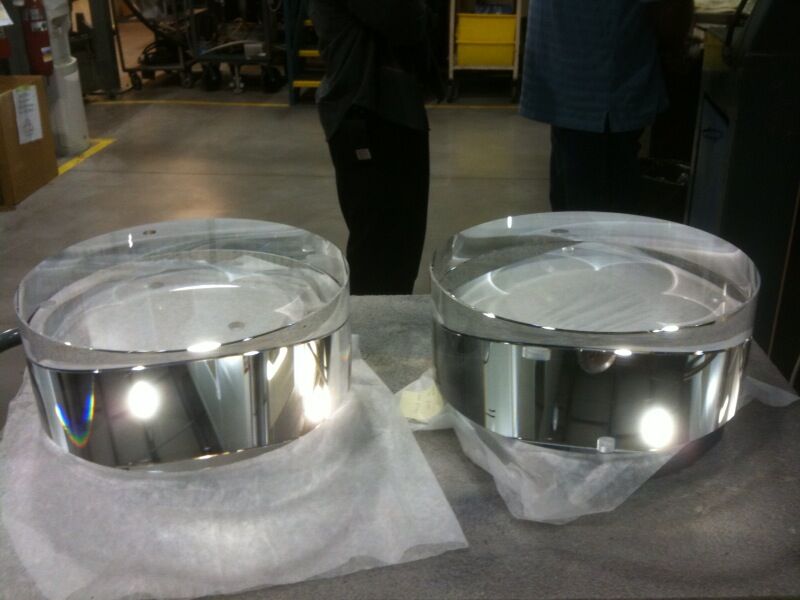LIGO is so sensitive it shudders with the quantum noise of light

Enlarge / The mirrors of LIGO are a bit large to be experiencing quantum effects. (credit: Caltech/MIT/LIGO Lab)
Quantum effects are generally thought of as small and fragile. Typically, we're only able to detect them when things are tiny and kept near absolute zero, and they're swamped by non-quantum effects outside of those conditions. Mostly. In Wednesday's issue of Nature, researchers are reporting that quantum effects can be detected in some very large objects: the 40kg mirrors of the Laser Interferometer Gravitational-Wave Observatory, or LIGO.
The paper details how researchers were able to detect noise in the mirrors of LIGO caused by quantum fluctuations in the light reflecting off them. And by adding some specially prepared light, the researchers limited that noise, allowing increased sensitivity in the detection of gravitational waves.
Putting on the squeezeThere are plenty of sources of noise in the LIGO hardware. Key hardware sits inside a vacuum chamber, but we can't really eliminate all stray molecules from bumping into it. The mirrors are kept at room temperature, so there's some thermal noise that's always interfering with our measurements. And then there's quantum noise. LIGO is based on mirrors separated by kilometers reflecting laser beams back and forth multiple times. And those laser beams are composed of photons that obey the rules of quantum mechanics.
Read 11 remaining paragraphs | Comments